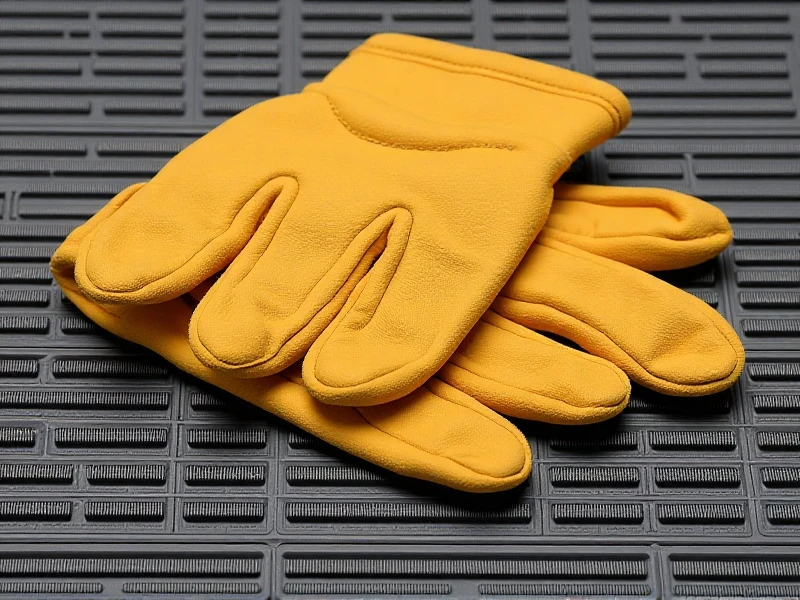Unlocking Durability: Why Wear-Resistant Materials are Your Key to Industrial Success

In the competitive landscape of manufacturing and industry, wear-resistant materials have become an indispensable asset. These specialized components are designed to withstand constant friction and abrasion, significantly reducing equipment failure and enhancing operational efficiency. From machinery in factories to components in automotive or mining sectors, embracing wear-resistant solutions isn't just about avoiding breakdowns—it's about optimizing productivity and driving long-term cost savings. As industries evolve, understanding the role of wear-resistant elements can transform your operations, ensuring reliability that pays off in reduced downtime.
What Makes Wear-Resistant Materials So Crucial?
Wear-resistance refers to a material's ability to resist surface damage from repetitive contact, such as scraping or grinding. Common examples include high-carbon steels, ceramic coatings, and advanced polymers, which excel in high-stress roles like conveyor belts or engine parts. For instance, in mining equipment, wear-resistant liners extend the life of crushers, cutting replacement costs by up to 50%. This durability prevents unplanned maintenance halts, saving businesses substantial expenses. Companies seeking resilience should prioritize these options, as they ensure machines run smoothly for years.
Applications and Benefits Across Industries
Think of wear-resistant applications in everyday scenarios: automotive transmissions endure constant motion, while industrial robots rely on resistant coatings to handle harsh tasks. The benefits extend beyond just strength—they promote sustainability by reducing waste through longer equipment lifespans. In sectors like agriculture or construction, implementing wear-resistant parts minimizes the frequency of replacements, leading to lower operational costs and improved safety. For example, using wear-resistant alloys in gears can boost production output by preventing delays.
Choosing the Right Wear-Resistant Options
With various materials available, selection depends on your specific needs. Consider factors like load type and environmental conditions—hard ceramics work well for high-speed impact, while polymer composites suit corrosive settings. Partnering with trusted suppliers for custom wear-resistant solutions can elevate performance. Always test for compatibility, as the right choice aligns with industry standards, ensuring optimal results.
In short, wear-resistant innovations are no longer a luxury but a necessity for modern industry. They deliver unmatched protection against wear, translating to smarter investments and a competitive edge. Upgrade to robust wear-resistant materials today to future-proof your operations and achieve peak reliability. Whether you're in heavy industry or precision manufacturing, this strategic move sets your brand apart. ( 410)